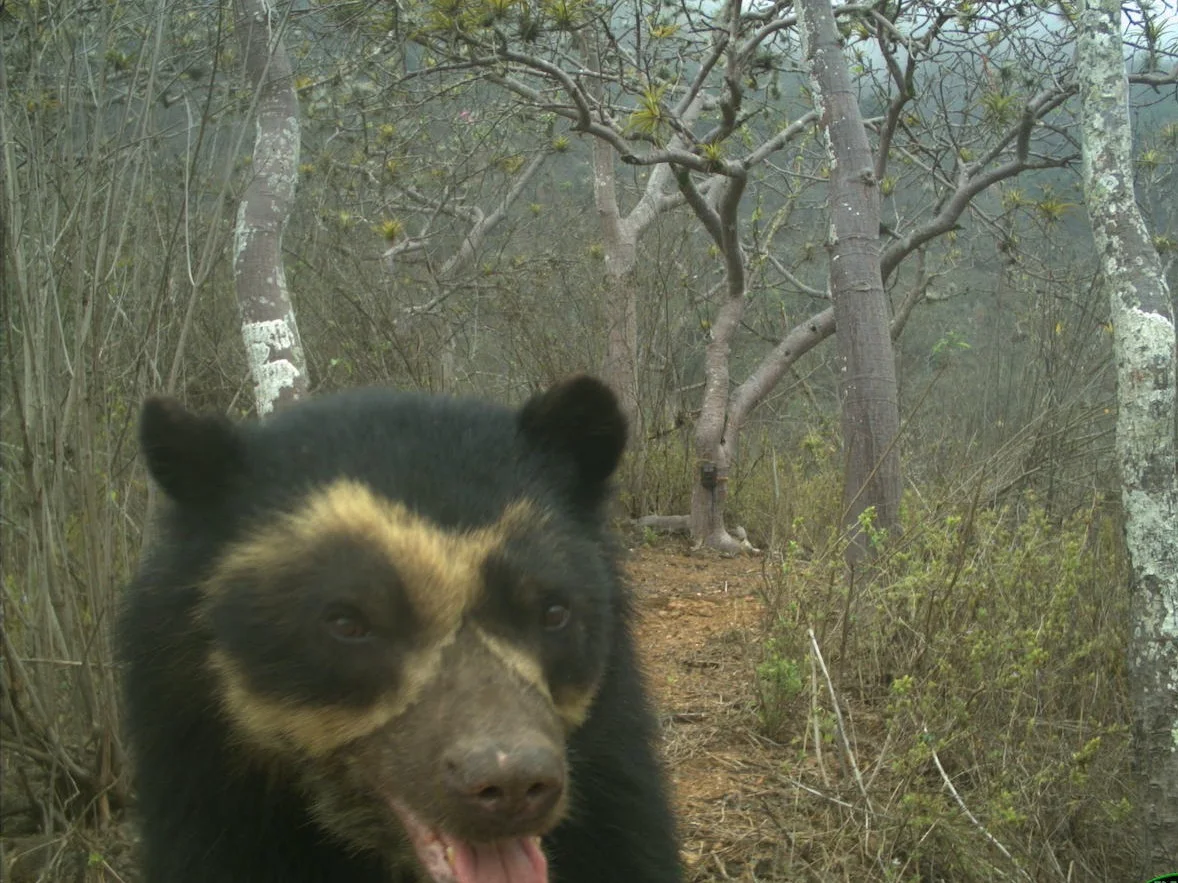
Mammal 'selfies' show protected areas thriving with species diversity
A new study from the University of British Columbia uncovered more mammal diversity in survey areas where habitat had a protected designation, compared to forests and other wilderness areas that lacked the safeguards.
Ever wonder if protected areas are effective at conserving wildlife? Well, new research and photos from the University of British Columbia (UBC) have shed some insight on their usefulness.
A new study from UBC uncovered more mammal diversity in survey areas where habitat had a protected designation, compared to forests and other wilderness areas that lacked the safeguards.
SEE ALSO: First-of-a-kind study reveals Canada’s most vulnerable eco-regions
The analysis involved the use of global camera traps to survey mammal species around the world. Researchers at UBC's faculty of forestry examined data from 8,671 camera trap stations in 23 countries spanning four continents (North and South America, Europe and Asia).
The Weather Network recently spoke with Cole Burton, ecologist and UBC professor, and Cheng Chen, a UBC forestry PhD student, about the study.
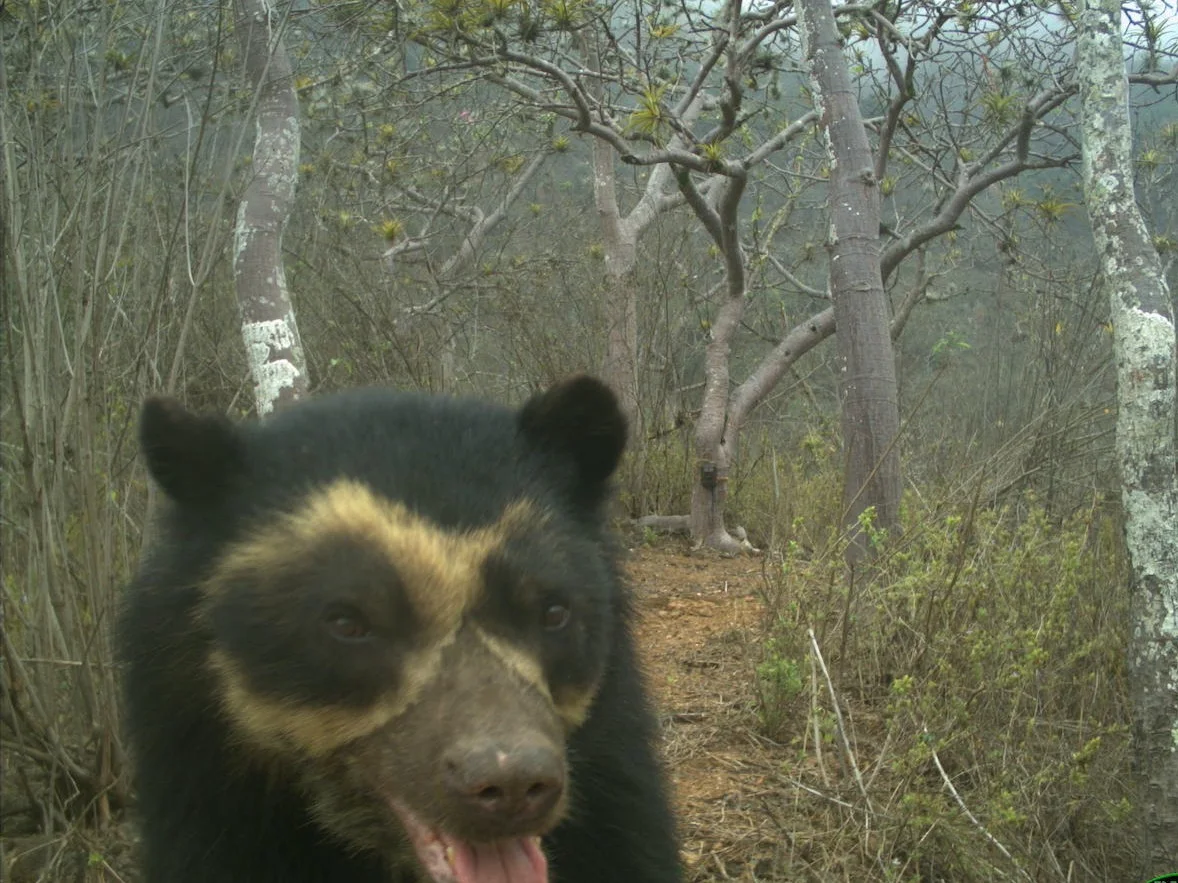
A spectacled bear captured near the Laquipampa Wildlife Refuge in Peru. (Robyn D. Appleton/UBC faculty of forestry)
From a “protected area perspective,” the evidence of parks effectively safeguarding habitat is solid, Chen said. For the species residing inside the parks, there are cases that have proven successful and others that have “definitely failed.”
"Mammals are a very important group of species because they have lots of important ecological roles in the ecosystem. Also, a mammal is a charismatic species," said Chen.
IMPORTANT 'MOTIVATIONS' FOR THE RESEARCH
There were two “key motivations” for the investigation, Burton said. The first was the current biodiversity crisis, with species becoming increasingly threatened with extinction or are seeing a significant drop in their populations.
"We know there is an urgent need to have effective conservation strategies and to make sure that things like parks and reserves are working as they are expected to work. That sort of conservation motivation was a big factor," said Burton.
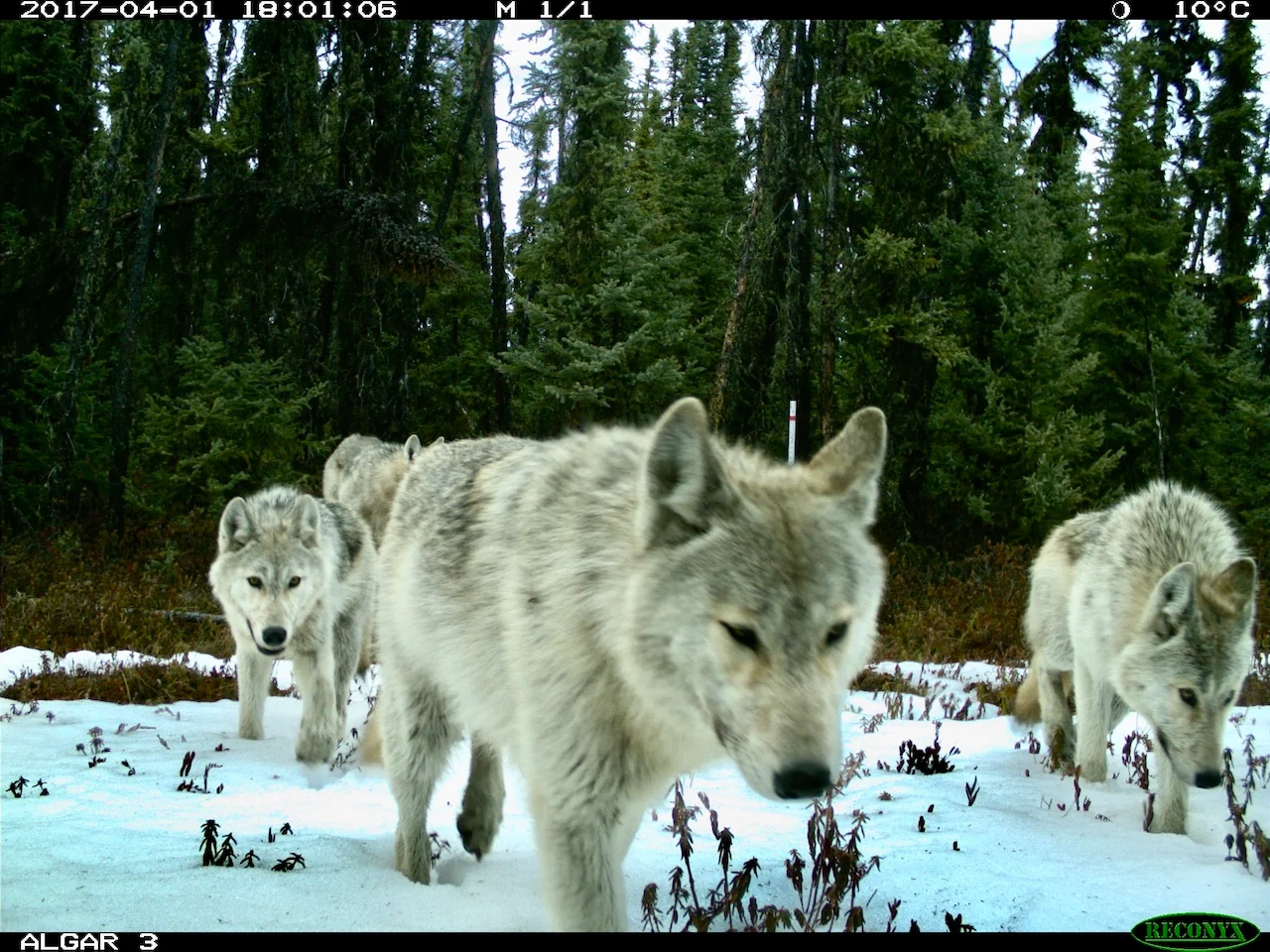
A wolf pictured near Fort McMurray, Alta. (Cole Burton/UBC faculty of forestry)
The other element to the study was the use of camera traps as a tool to survey mammal species around the world. This equipment has “really grown rapidly” over recent decades, Burton said, so much that it is being utilized in numerous countries.
“It is generating really great evidence on species that otherwise can be difficult to survey. They may be very secretive or hard to see, hard to document. We use these a lot in our own research, these camera traps, and we knew lots of other researchers were using them, as well,” said Burton.
While using protected areas offer a lot of positives for conservation, there are some challenges, with Burton pointing out two in particular. One of them is the potential opportunity cost, as designating land for conservation protection sometimes means the loss of economic possibilities associated with it.
The secondary concern is what the UBC ecologist refers to as “paper parks,” where they may be designated as protected areas according to policy but they aren’t enforced.
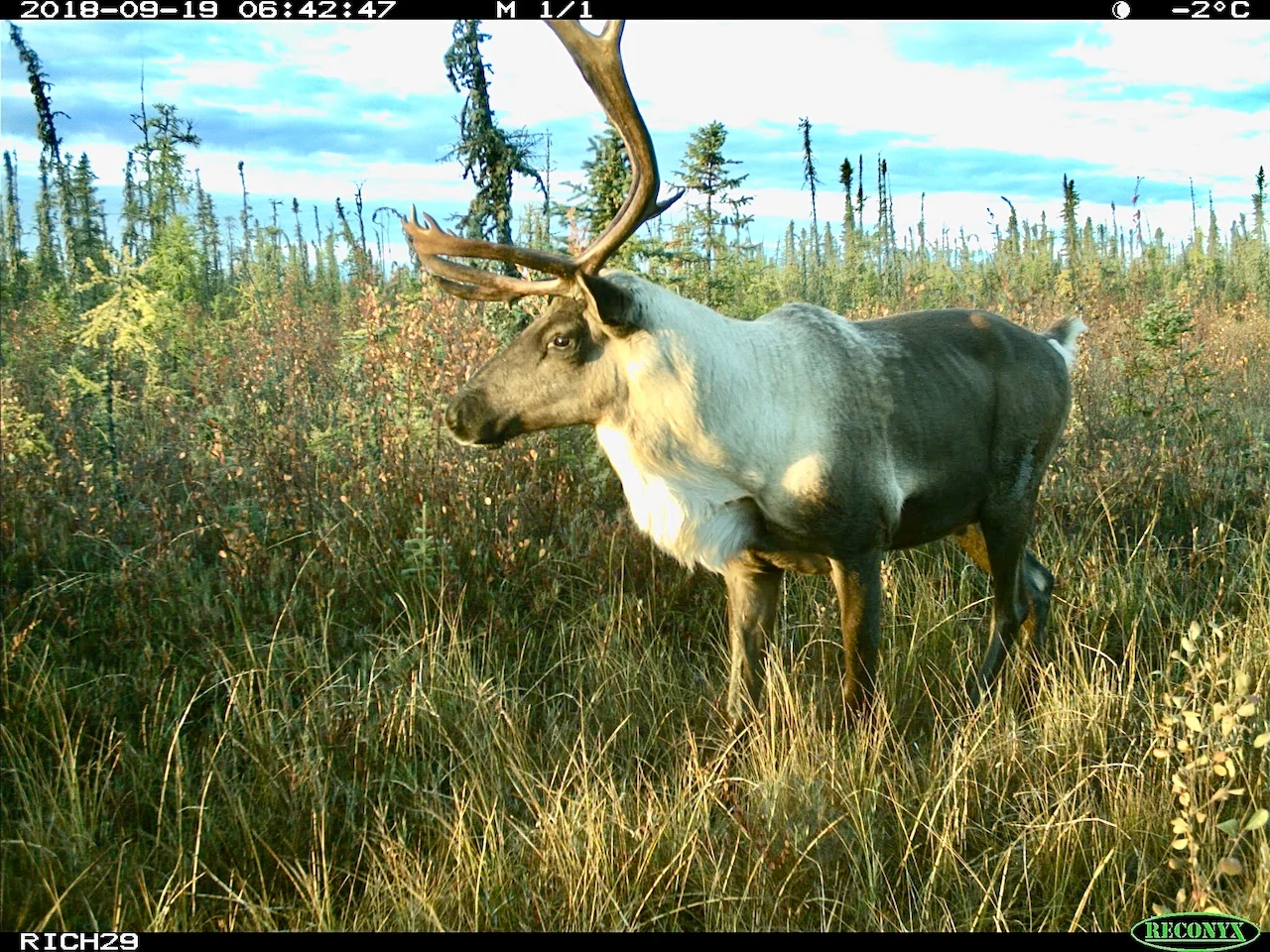
A caribou pictured near Fort McMurray, Alta. (Cole Burton/UBC faculty of forestry)
“There may not be enough funding going to parks to actually improve the situation for the animals within them,” said Burton. “Actually getting out there and measuring how the species are doing in these parks is a really important part of understanding if they’re working or not.”
STUDY INVOLVED NUMEROUS COLLABORATORS AND RESEARCH
The project was quite expansive, involving a sizable group of collaborators and co-authors, including other graduate students at UBC, Burton noted. Each person operating the cameras in the field, sometimes on multiple sites, and combing through the images.
“Once they had gone through the images, they had shared the results and information on which species were detected and how many times they were detected with us,” said Burton.

A leopard pictured near Yala National Park in Sri Lanka. (Aisha Uduman/UBC faculty of forestry).
Chen, the study's first author, noted the inquiry began around the same time he started work on his PhD in 2018, approximately. He collected the data for almost three years, with the results now being examined, relying on two international wildlife camera databases for his analysis.
In a news release, Chen said this is the largest number of wildlife cameras ever analyzed in a single study.
“Using this methodology, we can provide more generalized global scale evidence showing that the (protected) parks are working for mammals. (It was) also a big motivation for this study," said Chen.
TERRESTIAL PROTECTION HAS INCREASED
Across the globe, the amount of terrestrial protected area coverage has risen from 14.1 per cent to 15.3 per cent in the past decade, according to the study. This upward trend is expected to continue under international policy commitments to conservation.
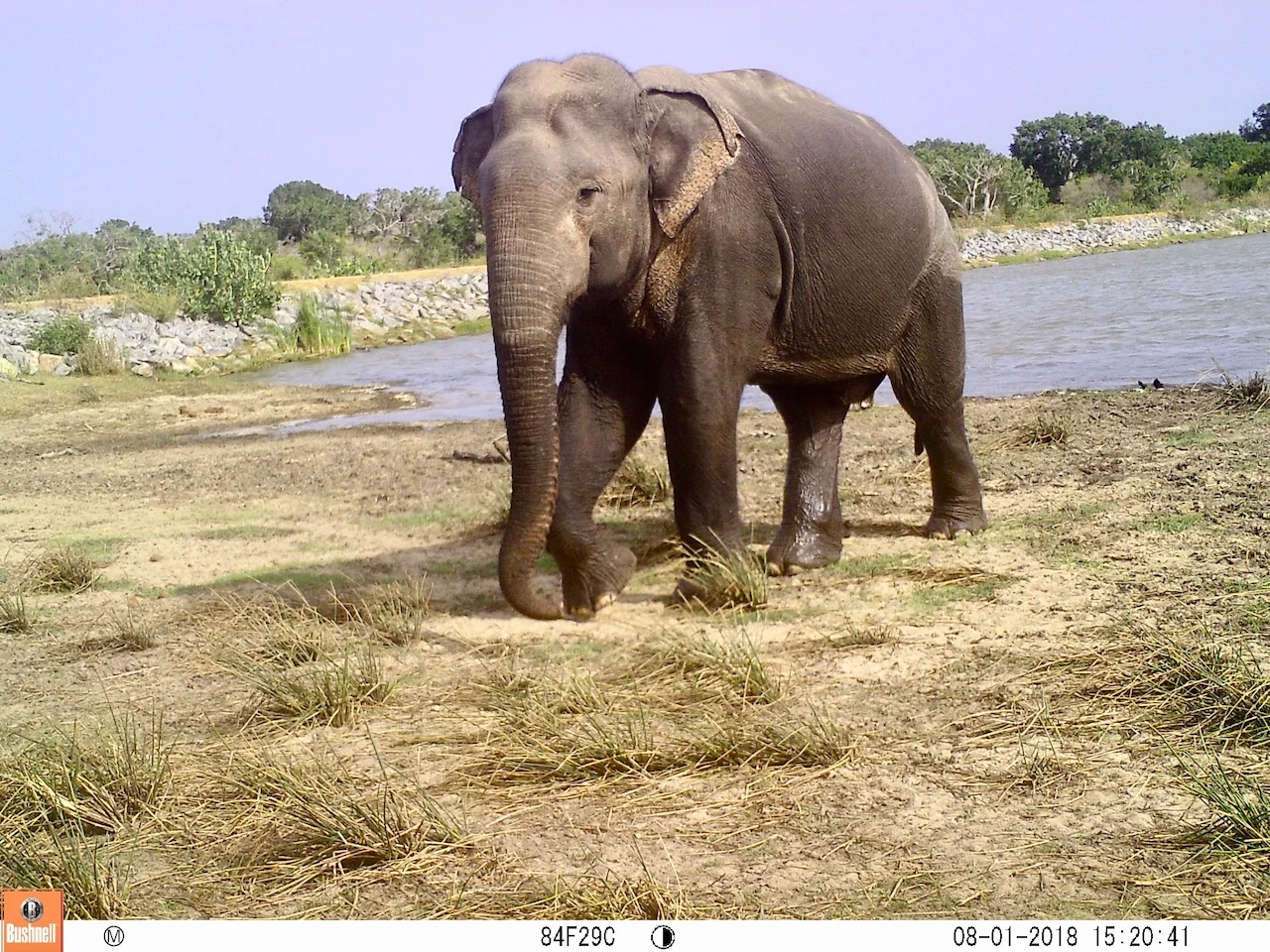
An Asian elephant captured on camera near Yala National Park in Sri Lanka. (Aisha Uduman/UBC faculty of forestry)
Burton, also the study's senior author, noted that nearly 200 countries have signed the Convention on Biological Diversity (CBD), known informally as the Biodiversity Convention -- a global agreement to better protect biodiversity on Earth.
“There have been big discussions around what is sometimes called 30-by-30, so 30 per cent of the Earth by 2030, or these other types of targets that are being discussed for what we should be working towards to improve biodiversity conservation around the planet," said Burton.
“Have the recent additions been working? Has the protected areas strategy been working? Our paper gives evidence that yes, for mammals, it is helping to protect diversity. It is a strategy that we should continue to rely on and emphasize."
Thumbnail courtesy of Robyn D. Appleton/UBC faculty of forestry.
Follow Nathan Howes on Twitter.











